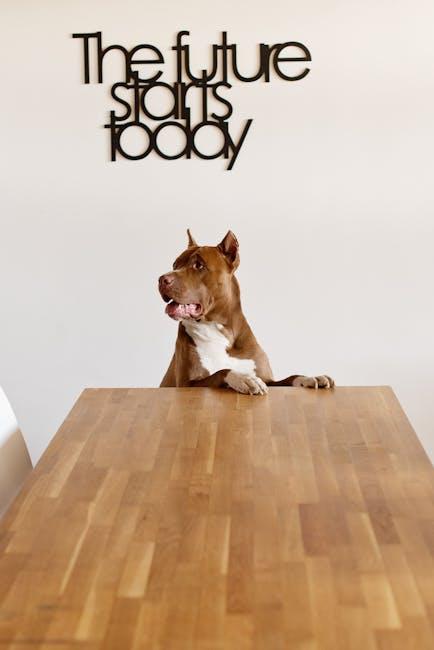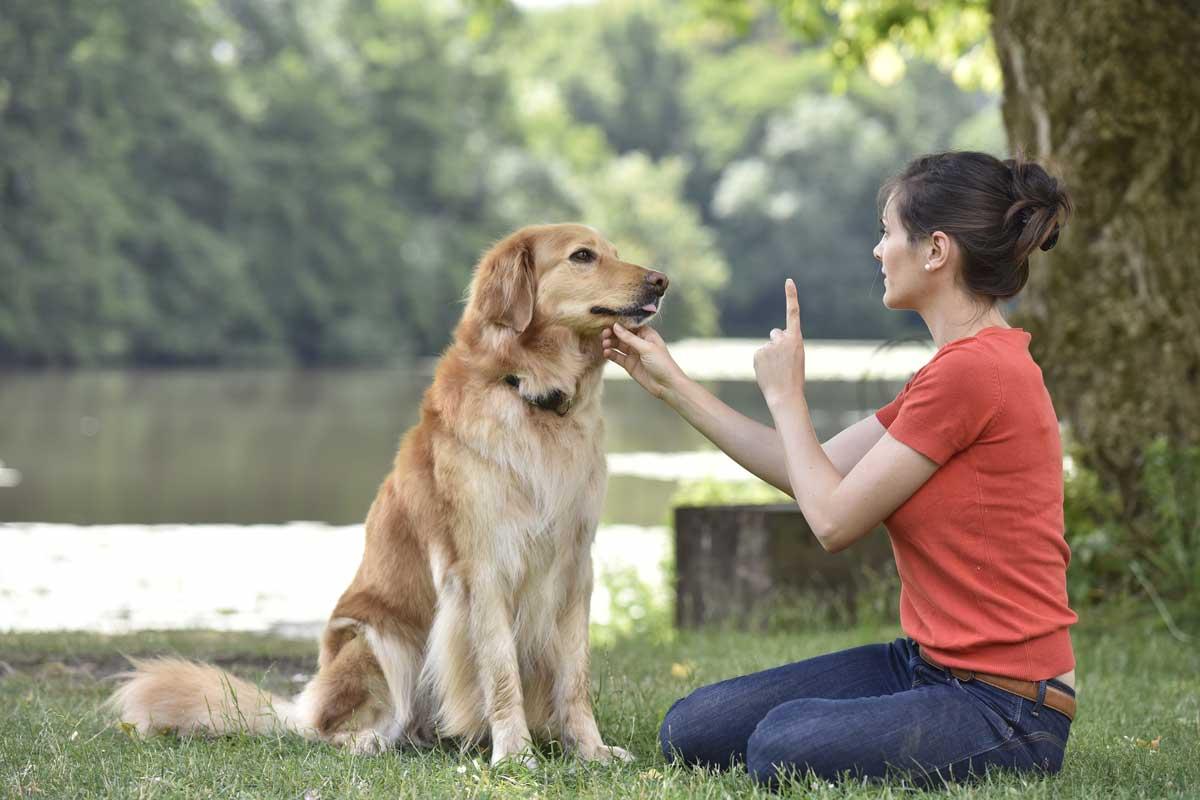Training a dog is often seen as a journey of mutual understanding and companionship, where communication transcends words and gestures speak volumes. While treats have long been considered a staple in the dog training toolkit, offering a tangible reward for a job well done, many dog owners and trainers are exploring alternative methods that foster a deeper connection without relying on food-based incentives. In this article, we delve into the possibilities of training dogs without treats, examining the principles and techniques that can nurture a well-behaved, happy canine companion. Whether you’re a seasoned dog owner or new to the world of training, discover how to harness the power of praise, play, and patience to build a lasting bond with your furry friend.
Understanding Canine Motivation Beyond Treats
Training a dog without relying solely on treats involves tapping into the diverse range of motivators that drive canine behavior. While treats can be effective, understanding a dog’s unique preferences and instincts can lead to a more holistic approach. Dogs are often motivated by various factors, such as:
- Play: Many dogs find toys and playtime as rewarding as food. Engaging them with a favorite toy or a game of fetch can be a powerful motivator.
- Attention and Affection: For some dogs, nothing beats a good belly rub or verbal praise. They thrive on human interaction and will perform well to receive your love and attention.
- Exploration: Allowing your dog to explore new environments or sniff around during walks can serve as an exciting reward for them.
- Social Interaction: Dogs are social creatures and often value the opportunity to interact with other dogs or people as a form of reward.
By recognizing and utilizing these motivators, you can create a rewarding and effective training environment without always reaching for the treat bag. This approach not only strengthens your bond with your dog but also enriches their mental and emotional well-being.

Building Trust and Communication with Your Dog
Establishing a solid bond with your furry friend is essential for effective training. The cornerstone of this bond is trust and communication, which can be nurtured without relying solely on treats. Understanding your dog’s body language is crucial. Pay attention to tail wagging, ear positions, and vocalizations, as these are your dog’s ways of expressing emotions and intentions. Responding appropriately to these signals not only helps in building trust but also in creating a harmonious training environment.
Consistency and patience are key components in fostering trust. Make sure your commands are clear and consistent, and avoid changing the rules unexpectedly. Here are some strategies to enhance communication without treats:
- Verbal Praise: A simple “good boy” or “good girl” can go a long way in reinforcing positive behavior.
- Physical Affection: Petting and cuddles are powerful reinforcers that show your dog they are loved and appreciated.
- Playtime: Incorporating play as a reward can be an excellent motivator, strengthening the bond between you and your dog.
- Consistency: Use the same words and gestures for commands to avoid confusion.
By prioritizing these methods, you can effectively train your dog while building a trusting and communicative relationship.
Positive Reinforcement Techniques Without Edibles
Training your dog can be a rewarding experience, especially when you explore methods beyond the traditional treat-based approach. One effective technique is verbal praise. A simple “good boy” or “well done” can significantly boost your dog’s confidence and reinforce positive behavior. Combine this with physical affection like petting or a gentle scratch behind the ears to create a deeper bond and enhance the training experience.
Incorporating playtime as a reward can also be incredibly effective. Dogs often value play as much as, if not more than, food. Use a favorite toy to engage in a quick game of fetch or tug-of-war as a way to celebrate a job well done. Additionally, consider the following non-edible rewards:
- Attention: Spend quality time with your dog, offering them undivided attention.
- Freedom: Allow short off-leash time in a safe environment as a reward for good behavior.
- Exploration: Let them sniff around during walks as a way to reward their good behavior.
These alternatives not only foster a healthy relationship but also encourage your furry friend to learn and grow in a balanced, holistic manner.
Practical Steps for Rewarding Your Dog Naturally
Training your dog without treats is not only possible but can also be incredibly rewarding for both you and your furry friend. By focusing on natural rewards, you can strengthen the bond and communication between you and your dog. Here are some effective ways to achieve this:
- Verbal Praise: A simple “good boy” or “good girl” can go a long way. Use a warm and enthusiastic tone to let your dog know they’ve done something right.
- Physical Affection: Petting, scratching behind the ears, or a gentle belly rub can serve as powerful motivators for your pup.
- Playtime: Engage your dog in their favorite game, whether it’s fetch, tug-of-war, or a quick run around the yard. Play can be a great way to reward good behavior.
- Freedom: Allow your dog some off-leash time in a safe area as a reward for good behavior. This gives them a sense of independence and freedom, which many dogs find very rewarding.
By integrating these natural rewards into your training routine, you not only encourage good behavior but also enrich the relationship you share with your dog, making training sessions more enjoyable and effective.

